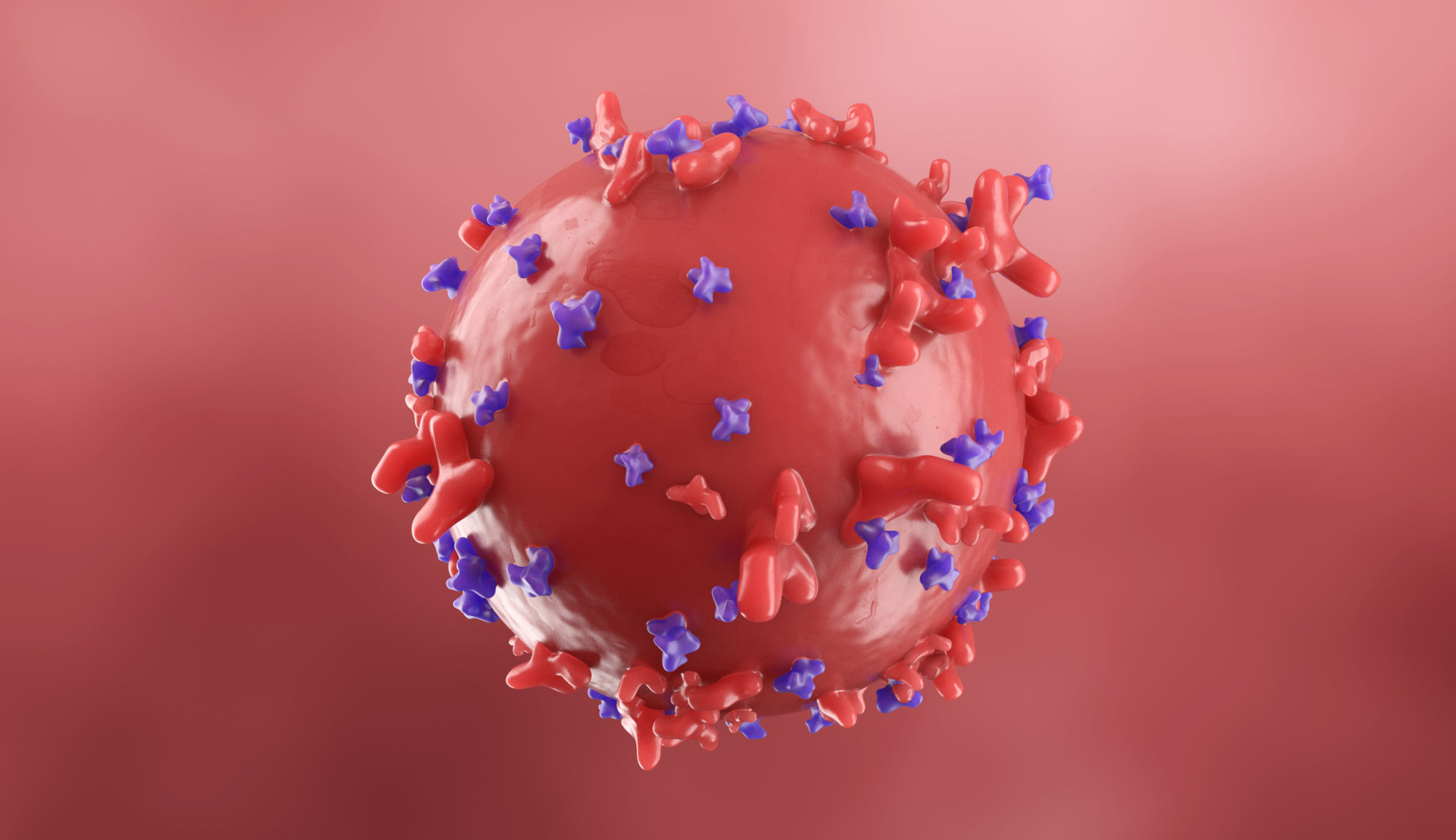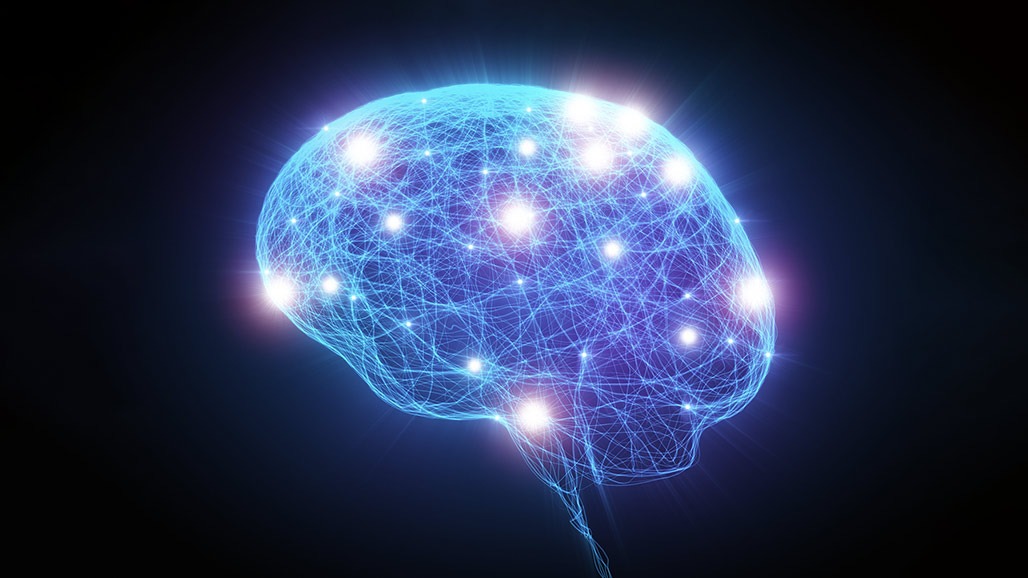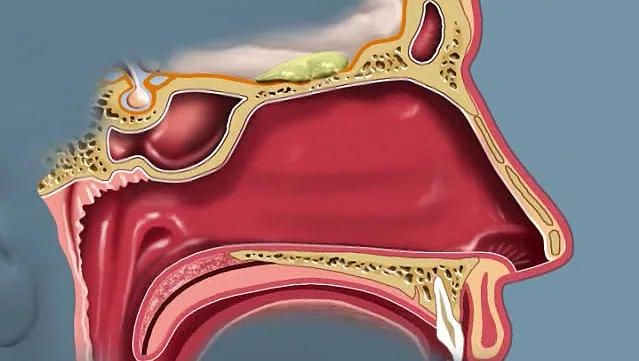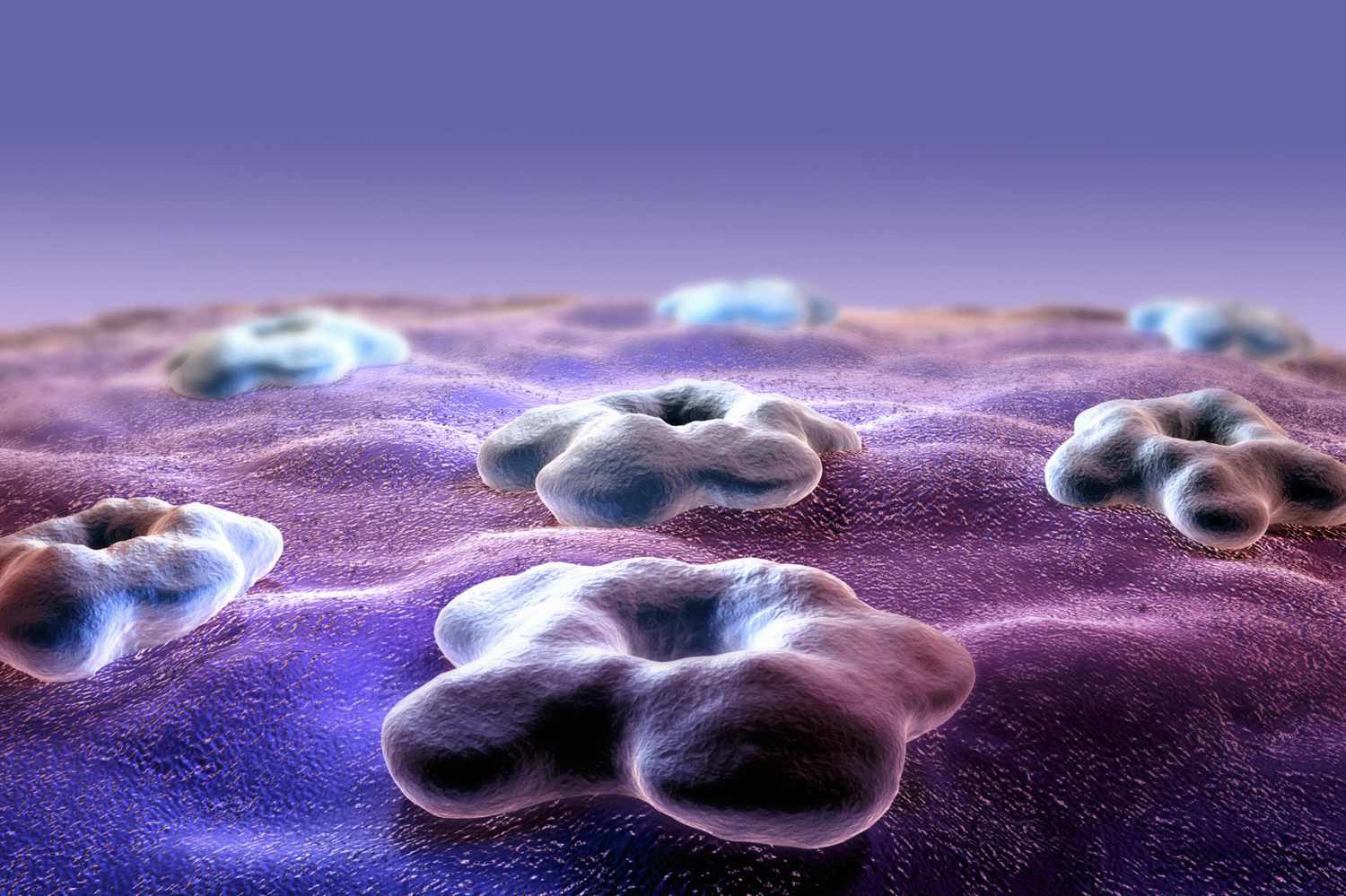Hormone Receptors are chemical messengers that play critical roles in regulating various physiological processes in the body, including growth, metabolism, reproduction, and mood. However, hormones cannot exert their effects without the presence of hormone receptors, which are specialized proteins that bind to these hormones and initiate a response in the target cells. This article explores the structure and function of hormone receptors, the different types, their role in health and disease, and how they can be targeted for therapeutic purposes.

What Are Hormone Receptors?
Hormone receptors are proteins located either on the surface of a cell or within a cell. These receptors bind to specific hormones with high affinity, allowing the cell to respond to the hormone’s signal. Once a hormone binds to its receptor, it triggers a series of cellular events that lead to a specific biological response. This process is known as signal transduction.
Types of Hormone Receptors
Hormone receptors are broadly categorized into two types based on their location and mechanism of action: cell surface receptors and intracellular receptors.
1. Cell Surface Receptors
Cell surface receptors, also known as membrane receptors, are embedded in the plasma membrane of the cell. They interact with hormones that are unable to cross the cell membrane due to their hydrophilic nature. Common examples of such hormones include peptides, proteins, and catecholamines (like adrenaline).
Cell surface receptors typically consist of three main domains:
- Extracellular Domain: This part of the receptor extends outside the cell and binds to the hormone.
- Transmembrane Domain: This segment spans the cell membrane and anchors the receptor in place.
- Intracellular Domain: This part of the receptor extends into the cell and transmits the signal by interacting with other cellular molecules.
There are several types of cell surface receptors, including:
- G Protein-Coupled Receptors (GPCRs): These receptors activate G proteins, which then trigger various intracellular signaling pathways.
- Receptor Tyrosine Kinases (RTKs): These receptors have enzymatic activity and phosphorylate tyrosine residues on themselves and other proteins, initiating a cascade of signaling events.
- Ion Channel Receptors: These receptors open or close ion channels in response to hormone binding, allowing ions to enter or leave the cell and alter its electrical state.
2. Intracellular Receptors
Intracellular receptors are located within the cell, either in the cytoplasm or the nucleus. They bind to lipophilic hormones, such as steroid hormones (e.g., estrogen, testosterone, cortisol) and thyroid hormones, which can easily cross the cell membrane.
Intracellular receptors function as transcription factors, directly regulating gene expression. Upon hormone binding, these receptors undergo a conformational change, allowing them to bind to specific DNA sequences and modulate the transcription of target genes.
The Role of Hormone Receptors in Health
Hormone receptors are crucial for maintaining homeostasis in the body. They ensure that cells respond appropriately to hormonal signals, which regulate a wide array of physiological processes. Here are some examples of the role of hormone receptors in health:

1. Growth and Development
Growth hormone receptors, found on the surface of many cell types, bind to growth hormone and stimulate growth and cell reproduction. Mutations or deficiencies in these receptors can lead to growth disorders such as dwarfism or gigantism.
2. Metabolism
Insulin receptors on the surface of cells play a vital role in regulating glucose uptake and metabolism. Insulin resistance, a condition where cells become less responsive to insulin, is a key feature of type 2 diabetes.
3. Reproduction
Estrogen and androgen receptors, which are intracellular udintogel receptors, regulate the development and function of reproductive tissues. Disruptions in these receptors can lead to reproductive health issues, including infertility and hormone-sensitive cancers.
4. Stress Response
Cortisol, a stress hormone, binds to glucocorticoid receptors in various tissues, modulating the body’s response to stress. Dysregulation of this receptor pathway can contribute to conditions such as chronic stress, anxiety, and depression.
Hormone Receptors and Disease
Aberrations in hormone receptor function can lead to various diseases. Understanding these abnormalities is critical for diagnosing and treating hormone-related disorders.
1. Cancer
Many cancers, such as breast and prostate cancer, are driven by hormone receptors. For instance, breast cancer cells may overexpress estrogen receptors (ER), making them highly responsive to estrogen. Similarly, prostate cancer cells often overexpress androgen receptors (AR). Targeting these receptors with specific therapies can inhibit cancer growth and improve patient outcomes.
2. Endocrine Disorders
Disorders like hypothyroidism and hyperthyroidism arise from the malfunctioning of thyroid hormone receptors. Proper functioning of these receptors is essential for regulating metabolism and energy levels.
3. Metabolic Syndrome
Metabolic syndrome, characterized by obesity, insulin resistance, and dyslipidemia, is associated with impaired insulin receptor signaling. Enhancing the sensitivity of these receptors can help manage and prevent metabolic syndrome.
Therapeutic Targeting of Hormone Receptors

Given their central role in many diseases, hormone receptors are attractive targets for therapeutic intervention. Several strategies have been developed to modulate hormone receptor activity:
1. Receptor Agonists
Receptor agonists are compounds that bind to hormone receptors and mimic the action of natural hormones. For example, synthetic glucocorticoids like prednisone bind to glucocorticoid receptors to reduce inflammation and treat conditions such as asthma and autoimmune diseases.
2. Receptor Antagonists
Receptor antagonists bind to hormone receptors but block the action of natural hormones. Tamoxifen, an estrogen receptor antagonist, is used in the treatment of ER-positive breast cancer to prevent estrogen from promoting cancer cell growth.
3. Receptor Modulators
Selective receptor modulators (SRMs) act on hormone receptors in a tissue-specific manner. For instance, selective estrogen receptor modulators (SERMs) like raloxifene act as estrogen antagonists in breast tissue but as agonists in bone, helping to prevent osteoporosis without increasing the risk of breast cancer.
4. Monoclonal Antibodies
Monoclonal antibodies can be designed to target specific hormone receptors. Trastuzumab (Herceptin) is a monoclonal antibody that targets the HER2 receptor, overexpressed in some breast cancers, inhibiting cancer cell growth.
Conclusion
Hormone receptors are essential components of the body’s regulatory system, mediating the effects of hormones on various physiological processes. They play pivotal roles in growth, metabolism, reproduction, and the stress response, and their dysregulation is linked to numerous diseases. Understanding the function and mechanisms of hormone receptors not only enhances our knowledge of biological systems but also informs the development of targeted therapies for hormone-related disorders. By continuing to explore and harness the potential of hormone receptors, we can improve health outcomes and advance medical science.
Read More Article About “Academic Problems: Understanding Challenges and Solutions“

























